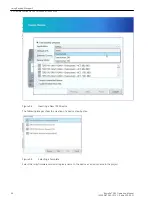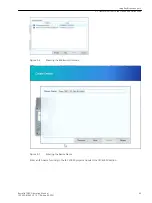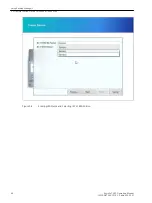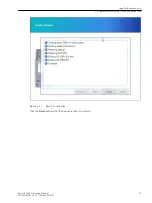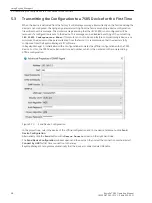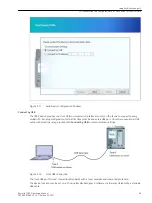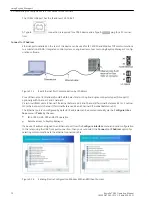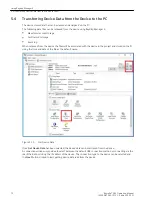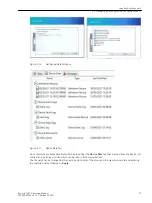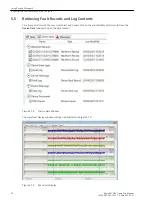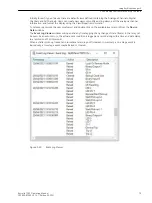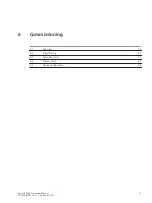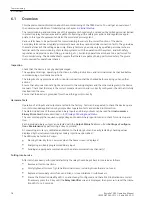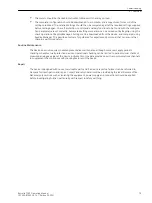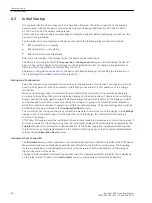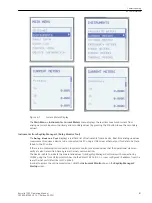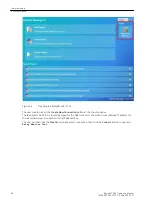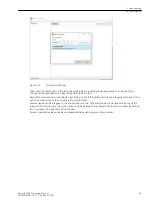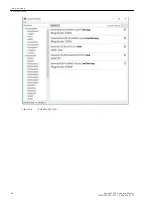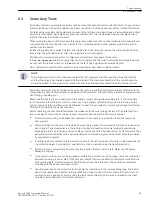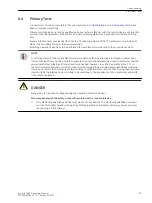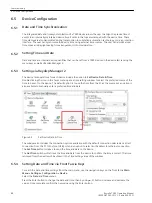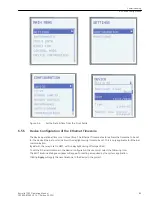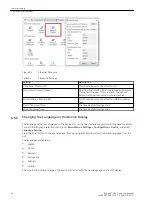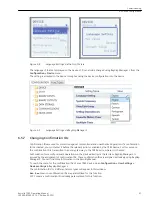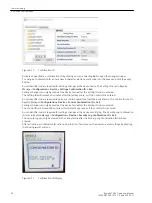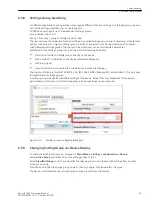
Overview
This chapter contains information about the commissioning of the 7SR5 device. You will get an overview of
the numerous possibilities of initial startup in chapter
.
The commissioning and maintenance of this equipment should only be carried out by skilled personnel trained
in protective relay maintenance and capable of observing all the safety precautions and regulations appro-
priate to this type of equipment and also the associated primary plant.
Various tests have to be performed for commissioning to warrant the correct function of the device.
Secondary tests can never replace primary tests because they cannot include connection faults. They provide a
theoretical check of the setting values only. Primary tests may be done only by qualified personnel who are
familiar with the commissioning of protection systems, with the operation of the system, and with safety
regulations and provisions (switching, grounding, etc.). Switching operations also have to be performed for
the commissioning. The described tests require that these be capable of being performed safely. They were
not conceived for operational checks.
Inspection
Check that the device is not physically damaged.
The equipment ratings, operating instructions, installing instructions, and terminals must be checked before
commissioning or maintenance actions.
The integrity of any protective earth conductor connection shall be checked before carrying out any other
actions.
Ensure that all connections are tight and correct to the wiring diagram and the scheme diagram in the device
manuals. Check that the relay is the correct model and version and is correctly configured. Check that it is fully
inserted into the case.
Ensure that the device is grounded from the earthing points correctly.
Hardware Tests
Operation of all inputs and outputs are tested in the factory. Tests can be repeated to check the device opera-
tion in its intended application or by simple direct operation tests as described in this section.
The status indications of the respective binary inputs and binary outputs can be read from
Instruments >
Binary I/O meters
that are described in
4.7 Display of Routings and Status
.
The user must apply the required supply voltage onto each binary input in turn and check for correct opera-
tion.
Each individual binary output can be tested with the
Output Matrix Test
menu from
Settings > Configura-
tion > Maintenance
by performing a close command.
AC measuring accuracy is calibrated and tested in the factory but can be easily tested by checking values
displayed by the instruments during secondary injection as described.
The LEDs may be tested in 3 ways:
•
Pressing the ▶ key for ≥ 3 seconds when the home screen is displayed
•
Energizing a suitably programmed binary input
•
Sending an appropriate command over the data communications channel(s)
Putting into Service
After tests have been performed satisfactorily the relay should be put back into service as follows:
•
Remove all test connections
•
Firmly tighten all screws. Tighten all terminal screws, including those that are not used.
•
Replace all secondary circuit fuses and links, or close miniature circuit-breakers.
•
Ensure the Protection Healthy LED is on and steady if configured, and that all LED indications are correct.
If necessary press the X key until the
Relay Identifier
screen is displayed, then press ▶ to reset the indica-
tion LEDs for ≥ 3 seconds.
6.1
Commissioning
6.1 Overview
78
Reyrolle 7SR5, Operating, Manual
C53000-B7040-C013-1, Edition 05.2021
Содержание Reyrolle 7SR5
Страница 6: ...6 Reyrolle 7SR5 Operating Manual C53000 B7040 C013 1 Edition 05 2021 ...
Страница 10: ...10 Reyrolle 7SR5 Operating Manual C53000 B7040 C013 1 Edition 05 2021 ...
Страница 40: ...40 Reyrolle 7SR5 Operating Manual C53000 B7040 C013 1 Edition 05 2021 ...
Страница 76: ...76 Reyrolle 7SR5 Operating Manual C53000 B7040 C013 1 Edition 05 2021 ...
Страница 114: ...114 Reyrolle 7SR5 Operating Manual C53000 B7040 C013 1 Edition 05 2021 ...

